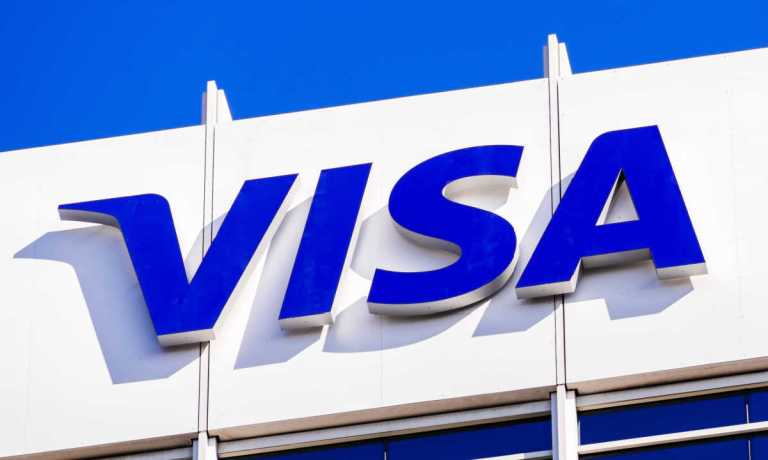Visa+ Gives Consumers Option to Send P2P Payments to Anyone

We’ve all done this dance.
You want to send money to another person — you have a Venmo account, but they don’t. They have a PayPal account, but you don’t. Your bank is connected to the Zelle network, and they don’t know if theirs is or how to quickly check.
Ultimately, what was intended to be a simple task becomes a time-consuming and complex set of queries about which method will give senders and receivers a choice and move the money. Often, the result is that everyone’s burdened with setting up multiple accounts spanning several peer-to-peer (P2P) networks just to be able to push money to friends or family members — or get paid by them.
To address those pain points, the payment network Visa today (April 11) is launching a new service that allows P2P payments to be sent and received across different platforms. The service will initially link Venmo and PayPal and then branch out to include other Visa partners, essentially unbundling the act of moving money to and from a P2P network from any P2P network.
Vikram Modi, head of Visa+, told Karen Webster that the new service overcomes a key friction in P2P payments — having to be part of a P2P network to move money. And in this case, without even having a Visa card.
At the heart of Visa+ is a new payment credential, Modi explained is Visa+ Payname, which is a “receive” only personalized payment address. Individuals transacting through a participating app, which to start is PayPal and Venmo, create a Visa+ Payname, which can then be shared with a sender in another app. Upon sending a payment, the sender’s app “calls” the Visa+ service, requests an underlying token, at which time the sender’s app “pushes” payment through to the recipient’s wallet, which is then credited to their account in real time.
Authentication is done through what Modi termed a “multi-layered system of controls,” which includes protocols for stepped-up recipient verification.
“When a sender is sending funds to a recipient to the first time,” said Modi, “they’ll be asked to do some additional verification to ensure the money is going through to the right recipient.”
Senders can remove that stepped-up verification for subsequent transactions with the same recipient, he added. Transaction limits for the U.S.-based service are capped at $2,500.
With Visa+ “you’re no longer entering routing numbers or card PANs … the Visa+ pay name abstracts and removes the need to share this sensitive, personal data.”
Enabler Partners Open Up New Use Cases
Eliminating the need to juggle several accounts just to get funds where they need to go creates the opportunity to bring P2P payments more seamlessly to a broader set of use cases, Modi explained. Visa partners DailyPay, i2c, TabaPay and Western Union will also integrate Visa+ within their platforms that will expand the Visa+ reach and provide instant payout opportunities to those who are paid by them.
Use cases that will be powered by these partners include gig economy platforms and marketplaces payouts and tipping, which Modi described as “significant greenfield opportunities” for P2P interoperability. The Daily Pay deployment, he said, will enable earned wage access by businesses into associated recipient accounts.
In all cases, receivers would indicate Visa+ as their preferred method of payout; the marketplace “calls” the Visa+ service directly or through a partner attach to the recipient’s Visa+ Payname to an underlying token, and the push payment flows in much the same manner as any other B2C transaction.
“We’ve found that there are plenty of gig workers and creators who are saying that they would love to receive a payment directly into a wallet account.”
What’s Next
Enabling real-time payouts to digital wallets, initially PayPal and Venmo, but others to soon follow, expands Visa’s push to card real-time payment options to digital wallets and, at the same time, unlocks new opportunities for wallet providers to be added as payout options on marketplaces and platforms.
“The platform is ready, the API is ready,” Modi explained, leveraging the existing money movement technology that Visa has developed over the last several years.
Choice, Modi stressed, is at the center of the Visa+ program design. Bridging the gap between apps, said Modi, eliminates the requirement of being in a particular network to send money and makes sure that individuals get paid, in real time, not the way they have to, but the way they want to.
“And that,” he told Webster, “is true interoperability.”
Visa+ is available today in pilot mode and will be expanded for general availability by the middle of 2024.